More sectors of the mining industry are seeing increases in autonomous activity and rapid technological change. These changes are providing opportunities in safety, predictability, and environmental impact particularly in the underground mining area.
Safer work environment
Underground mining operations present short- and long-term hazards for workers. Some dangers to site personnel include:
Exposure to dust
Inadequate ventilation
Heat and gas
The threat of rockfalls and mine collapses
The implementation of battery-powered vehicles will provide significant benefits to working conditions. Zero emissions from electric vehicles will mean that prolonged exposure to diesel particulate matter, a known carcinogen, will be eliminated. A significant reduction in noise and vibrations associated with electric vehicles will reduce the risk of rockfalls and enhance working conditions. A mine in Canada is predicting a reduction in greenhouse emission by 70% if the battery system is implemented.
The next step which many mine sites around the world have already implemented is autonomous fleets. This level of technology completely removes workers from the risks and potential hazards present in underground mining.
More aggressive mining strategy
The traditional design of underground mines is heavily influenced by personnel and asset requirements. Autonomous operations will reduce the cost of ventilation, emergency escape and workforce infrastructure, which are currently significant elements of a mine’s design. The first all-electric underground mine in Canada, Goldcorp, is predicting a 50% reduction in ventilation requirements.
These changes will enable more efficient resource conversion by allowing for more aggressive mine designs and strategies that were previously restricted by safety and technical limitations. Continuous mining, a strategy made available through these advances, will further improve resource conversion whilst increasing operational productivity.
Predictive blast design and rock mechanics
Advanced analytics and 3D simulation will enable operators to predict material characteristics and optimise drill and blast designs. This will improve drill and blast efficiency with the potential to reduce dilution by 10%-15%, resulting in less overall waste and improved process and quality management for downstream operations.
Development of precise predicative rock mechanics will allow for a better understanding and management of the interaction between mining activities and geological forces. This can be incorporated into underground design and create significantly safer and more efficient mining operations. This will also allow for the development of improved engineering solutions to reduce the risk of exposure to unstable conditions.
How will this affect the workforce?
The implementation of autonomous technologies will reduce the personnel physically required underground whilst increasing the number of technology and system support staff. This will inevitably have negative impacts on many individuals, although some mining companies are training current staff the new skills required to fulfill these roles.
Operations will increasingly become more remote with only technical maintenance functions required on-site. Employees will benefit from being removed from the confined underground environment where serious risks are present, as well as being able to spend more time at home and with the family.
Source: Minerals Council of Australia. Future of work: The economic implications of technology and digital mining


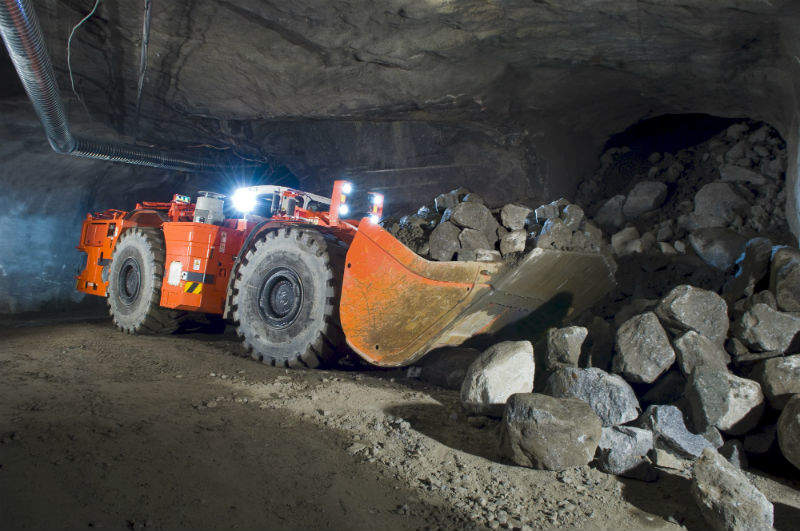
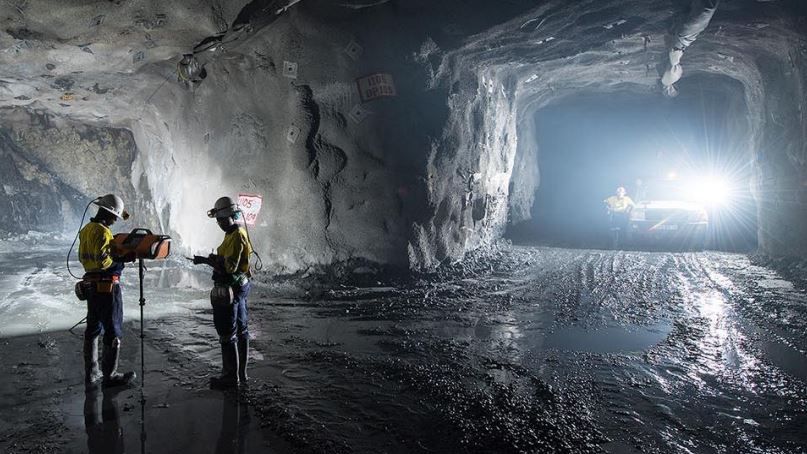
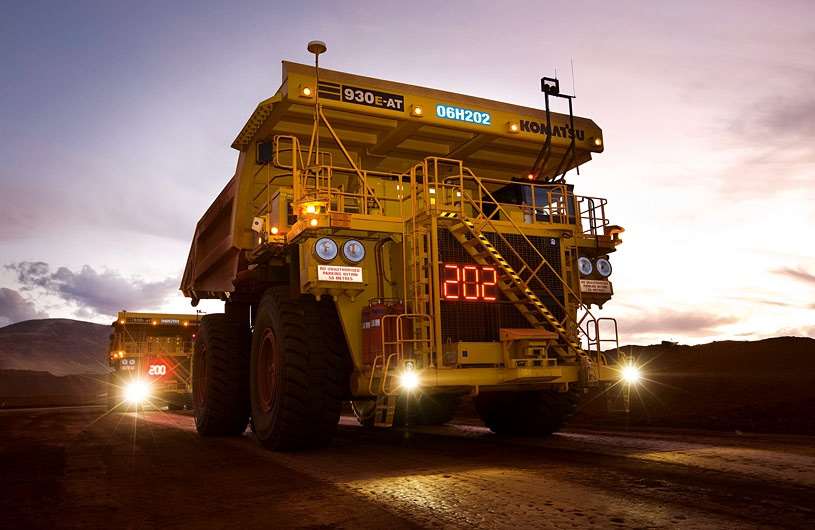
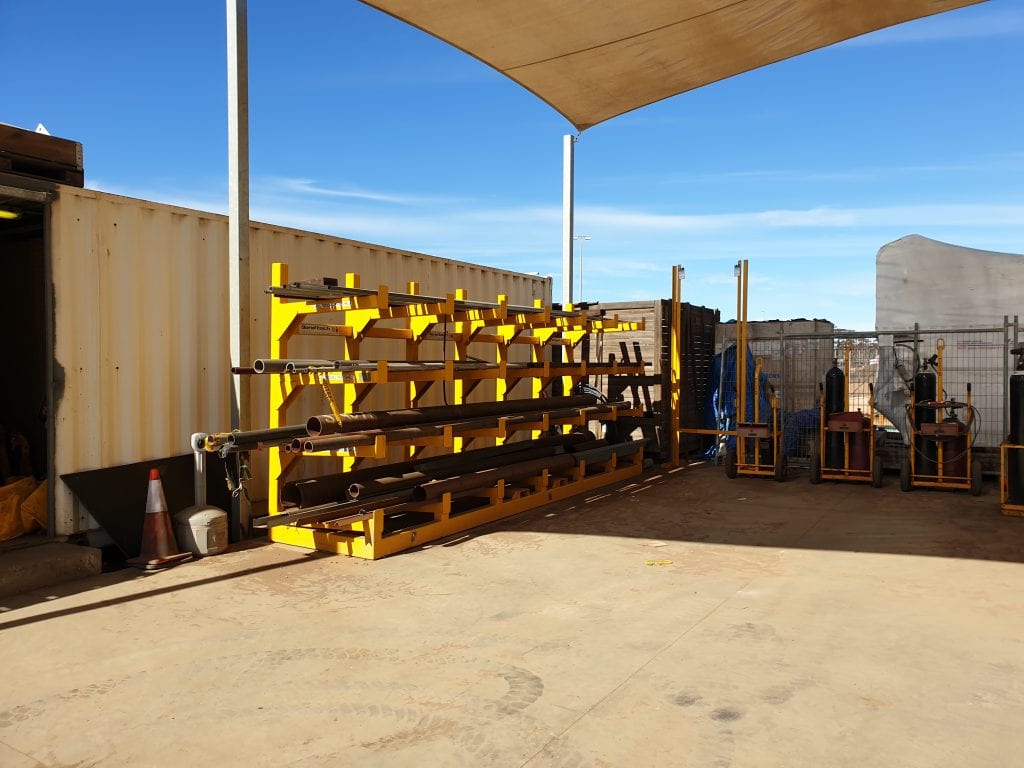
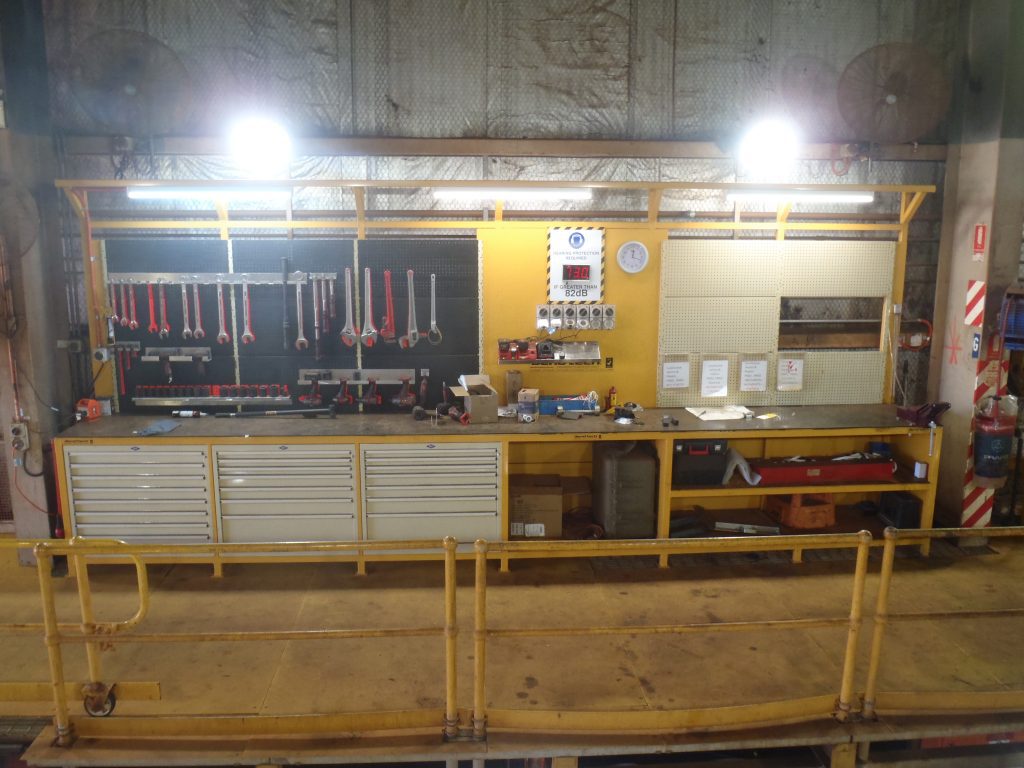

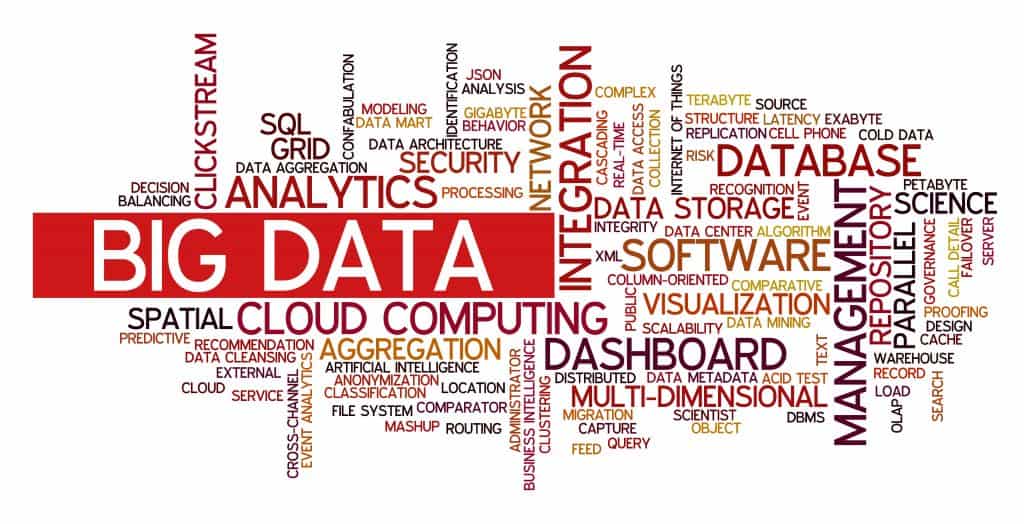
About The Author: Rhys Werndly
More posts by Rhys Werndly